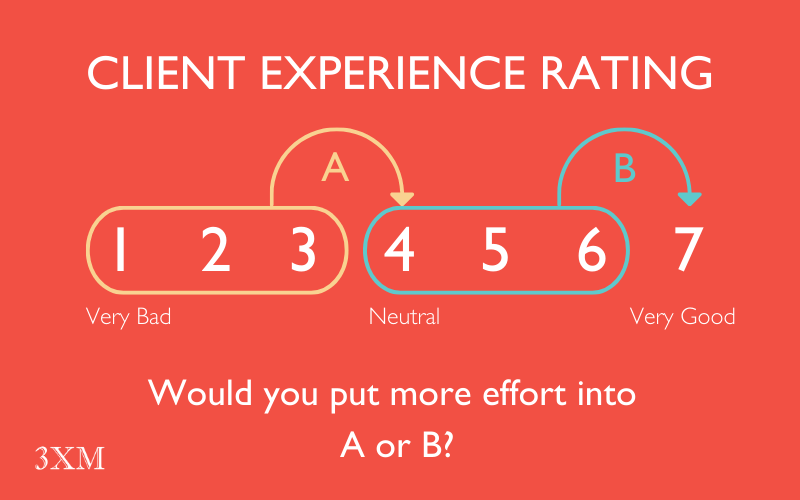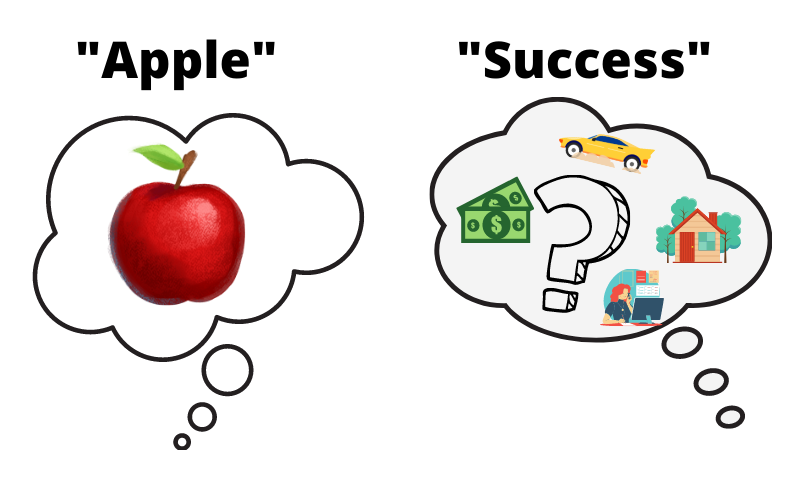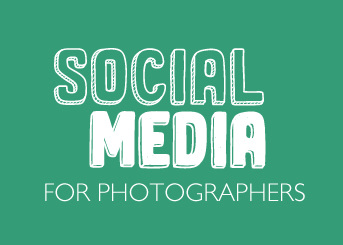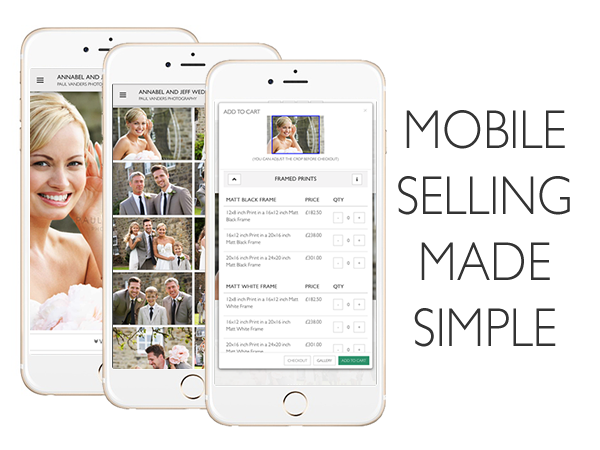|
In this blog post I want to illustrate how subtle words can influence perception and behaviour when communicating with your clients. In fact, if you’re looking for a way to increase client satisfaction and sell more without costing you a penny, then read on. I recently read a book by Nick Kolenda called “Imagine Reading This Book” and in it, he argues that people are more likely to make a decision if they can imagine the outcome, hence the name he chose for the book! If I were to say to you “A pink elephant on roller-skates with a green bow-tie around its neck rolled across the room”, what happens? Have you created a picture (or possibly even a moving image) in your head of what I’ve just described? That’s exactly what words do – they allow us to form mental images in our heads, and the more vivid a picture we can create, the better. So what’s that got to do with how you speak to clients? A new study by Packard & Berger, 2021 suggests that “linguistic concreteness – the tangibility, specificity, or imaginability of words employees use when speaking to customers – can shape consumer attitudes and behaviours”. In the study, they tested whether referring to items using abstract vs concrete descriptors impacted satisfaction and buying behaviour. Abstract language are words that represent concepts rather than physical things referring to intangible qualities, ideas and concepts. These words indicate things we know only through our intellect. For example: success, love, freedom. Concrete language refers to objects or events that are available to the senses, for example: red, apple, hot, velvet pillow. If you ask me what I mean by the word "apple", I can pick up an "apple" and show it to you. You can feel it, smell it and taste it. It has mass and volume. However, I can’t pick up a "success" or point at a "freedom" sitting on the mantelpiece. I can’t measure a pound or a kilo of it either. If I say the word apple to you, you'll easily be able to picture one in your head. It may be a slightly different apple than the one I see in my head (you might see a green granny smith and I might see a pink lady), but we'll both see an apple as an object. However, if I say the word "success" to you, does a clear mental image form in your mind? Probably not because "success" can mean many different things. It's not something that's tangible or easily defined. General and Specific Terms Unlike abstract language and concrete language which are opposites of each other, general and specific terms represent each end of a range of terms. General terms refer to groups, whereas specific terms refer to individuals, and then there’s everything in between. Let’s look at an example. Animal is a general term. It includes many different creatures. If I ask you to form an image of an animal, it won’t be easy to do. Even if you do manage to form a distinct image in your head, what are the chances that someone else will form a similar image? Animal is a concrete term as it refers to something we can see and feel (and probably smell!), but it’s still hard to pin down its meaning because there are so many possibilities. Do you have any feelings toward animal , either positive or negative? Again, it’s hard to develop a response to such a general term. So let’s make the group smaller and say dog. It’s still pretty general but it’s a lot easier to picture a dog than it is to picture an animal. We can take it to another level by saying it’s a french bulldog. The picture has become a whole lot clearer now. We can make it more and more specific. It’s a small black french bulldog called Bulldozer who drools incessantly and loves nothing more than to cuddle up on his favourite squashy brown leather chair under his red fleecey blanket. We can now get a sense of this individual dog and form a feeling about him. Influencing their willingness to buySo where am I going with this? Let’s get back to Packard & Berger’s study. In the study, they found that customers were more likely to buy a shirt when the salesperson described the shirt in concrete terms to create a vivid picture in the customer's mind. Example 1: “That looks great!” (very vague language and hard to imagine anything) Example 2: “That top looks great!” (still vague but at least we know it’s some sort of top) Example 3: “That shirt looks great!” (Ok, we can now visualise what type of top it is) Example 4: “That green T-shirt looks great on you!” (I’m guessing you have a pretty clear picture in your mind now) When your client can easily imagine the product, they can imagine the value it provides and the emotional reaction is stronger. “That Walnut Folio Box would look amazing on the sideboard in your living room and just imagine being able to rotate 20 of your favourite family portraits on display.” “That photo of you and your daughter would look fabulous in the classic black frame above your mantelpiece.” Notice the use of the word “Imagine” too in the first example. You’re now explicitly asking them to imagine how they could use the product in their own home, creating a vivid picture in their minds, and making that emotional connection to it, thereby increasing their willingness to buy it.
|
AuthorsRonan Ryle Archives
August 2023
Categories
All
|
Information |
Products |
|









 RSS Feed
RSS Feed